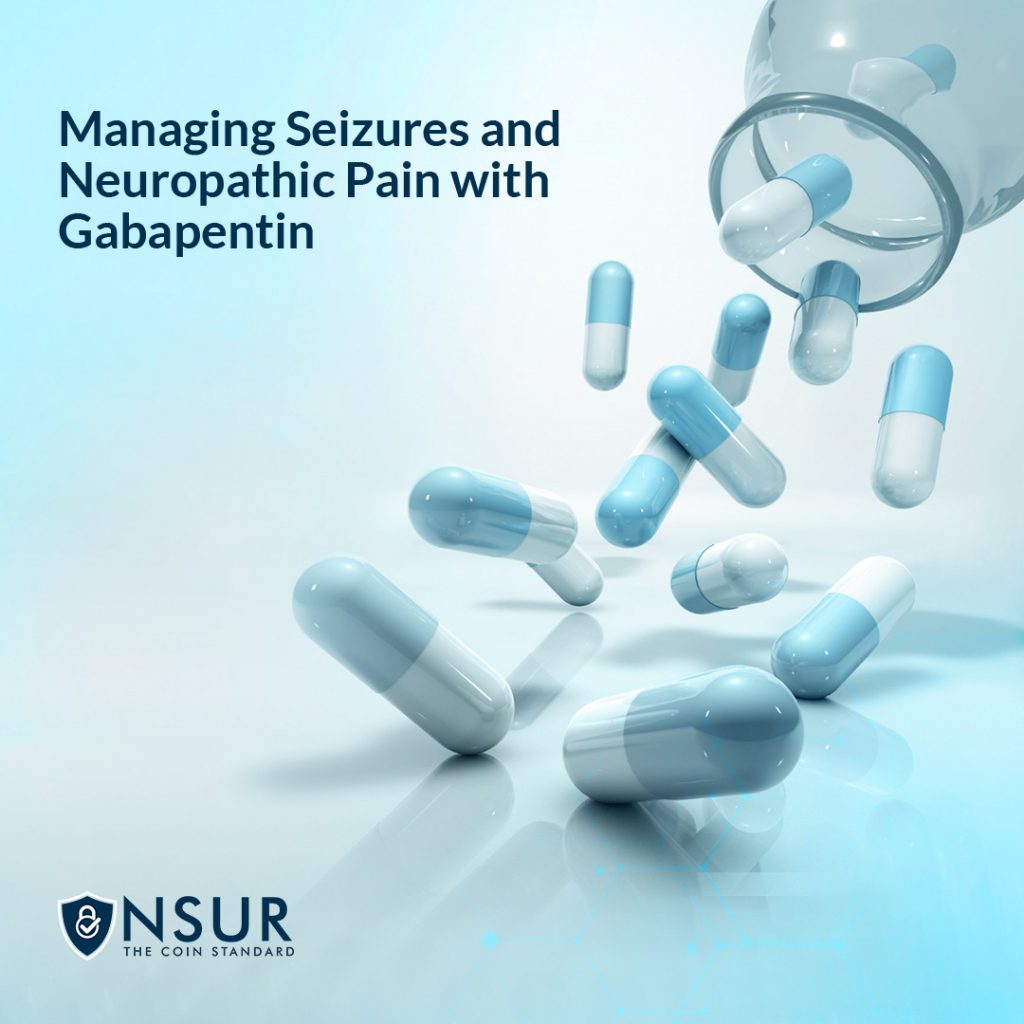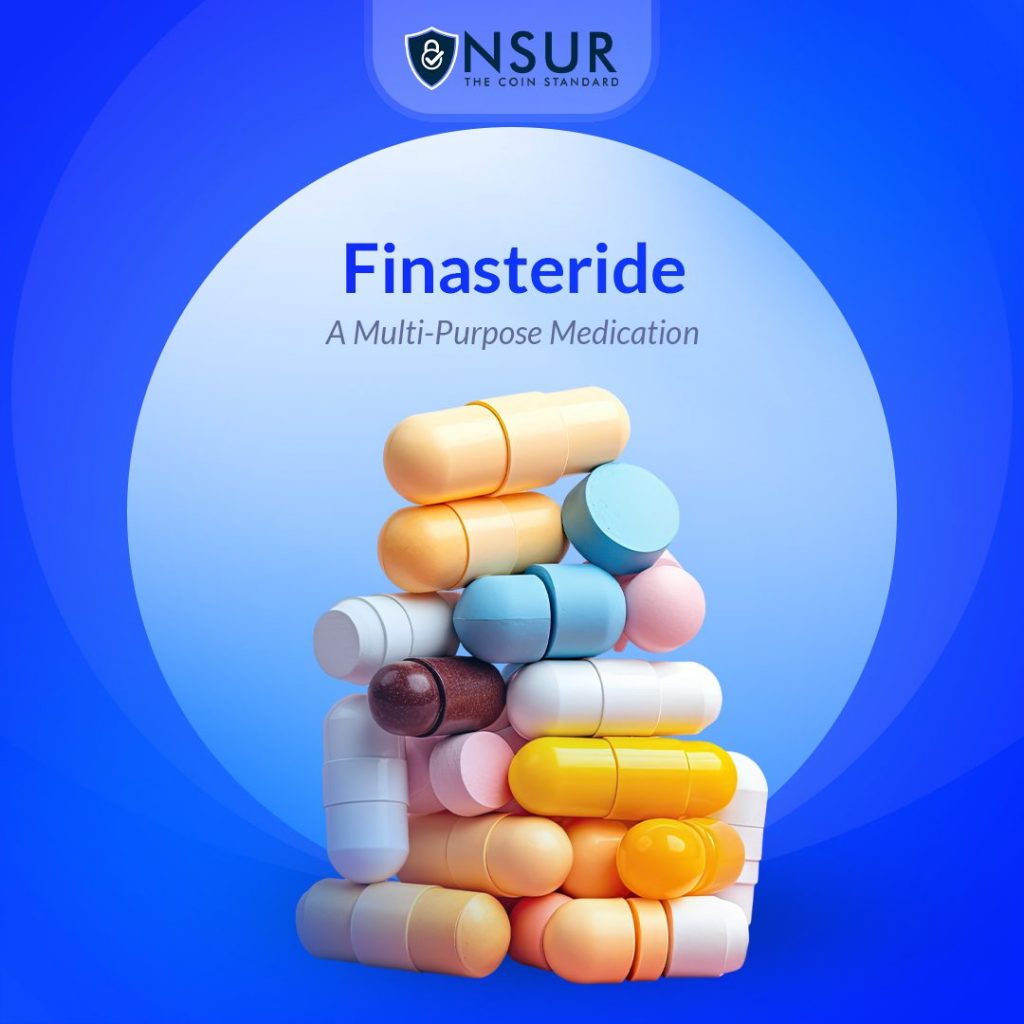
Gabapentin is a medication commonly prescribed for managing seizures and neuropathic pain. With its unique mechanism of action, this drug offers relief for individuals affected by these conditions. In this article, we will explore the uses, benefits, potential side effects, and precautions associated with Gabapentin.
Gabapentin, also marketed under the brand name Neurontin, belongs to a class of medications known as anticonvulsants or antiepileptic drugs. Originally developed for the treatment of seizures, it has also been found effective in relieving neuropathic pain. Gabapentin works by affecting certain chemicals and neurotransmitters in the brain, reducing the intensity and frequency of seizures, as well as modulating pain signals in the nervous system.
Uses of Gabapentin:
- Seizures: Gabapentin is prescribed as an adjunct therapy for managing partial seizures, both with and without secondary generalization, in adults and children.
- Neuropathic Pain: Gabapentin is also used to alleviate neuropathic pain caused by conditions such as diabetic neuropathy, postherpetic neuralgia, and fibromyalgia.
Benefits of Gabapentin: Gabapentin offers several benefits for individuals with seizures and neuropathic pain, including:
- Reduction in seizure frequency and intensity.
- Alleviation of neuropathic pain, resulting in improved quality of life.
- Potential to enhance sleep quality.
- Well-tolerated by most patients, with relatively fewer drug interactions compared to other anticonvulsants.
- Flexibility in dosing, allowing for individualized treatment plans.
Potential Side Effects and Precautions:
While Gabapentin is generally well-tolerated, it may cause some side effects, such as dizziness, drowsiness, and coordination problems. Less commonly reported side effects include mood changes, weight gain, and swelling in the extremities. It is important to discuss any potential risks with your healthcare provider before starting Gabapentin.
Additionally, it’s crucial to adhere to prescribed dosages and follow the recommended schedule. Abruptly stopping the medication may lead to withdrawal symptoms or a rebound increase in seizure frequency. Gabapentin may also interact with certain medications, so inform your healthcare provider about all the medications you are taking.
Gabapentin is a valuable medication for managing seizures and neuropathic pain. Its effectiveness in reducing seizure frequency and alleviating neuropathic pain has made it a widely prescribed treatment option. If you are experiencing seizures or neuropathic pain, consult your healthcare provider to determine if Gabapentin is suitable for you.
Take advantage of NSURx for your prescription drugs!
With the NSURx Prescription Benefit Card, you can save money on your medications at more than 35,000 pharmacies across the United States.
You can save up to 80% on your medication by using an NSURx card. Hundreds of dollars in savings could be yours every time you fill out your prescription.
The more you shop with NSURx, the more NSUR Coins you will receive as a reward.
References:
- Mayo Clinic. (2021). Gabapentin (Oral Route). Retrieved from https://www.mayoclinic.org/drugs-supplements/gabapentin-oral-route/description/drg-20064011
- National Institute of Neurological Disorders and Stroke. (2019). Gabapentin. Retrieved from https://www.ninds.nih.gov/Disorders/All-Disorders/Gabapentin-Neurontin-Information-Page











